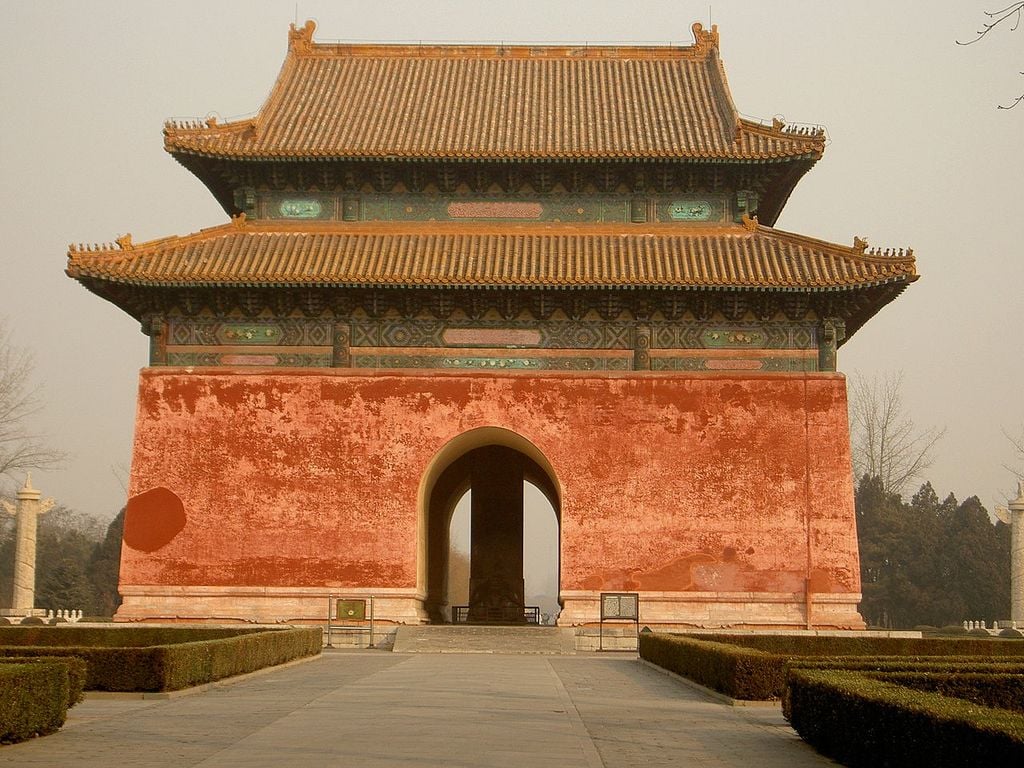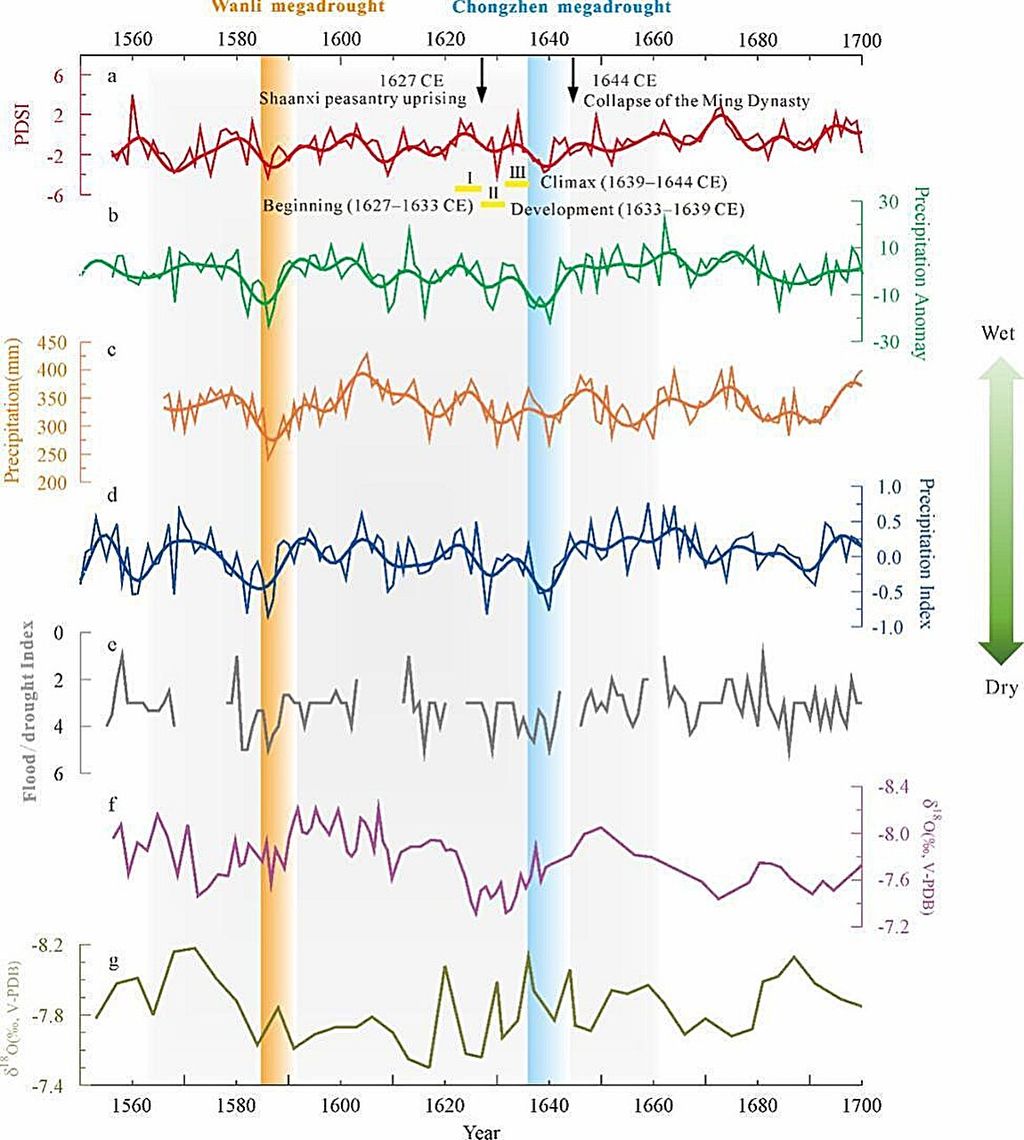Researchers find that the collapse of the Ming Dynasty actually began with a megadrought
By analysing tree rings, scientists have found that a past Chinese dynasty collapsed due to a prolonged megadrought and not something else as previously believed.

Climate change has a profound impact on historical social transformations. A recent study by Chinese researchers has found that the collapse of the Ming Dynasty, one of the most important in Chinese history, may have been triggered by the Wanli megadrought, decades earlier than previously believed.
Most previous studies on the collapse of the Ming Dynasty have focused on the famous “Chongzhen drought” of the late Ming Dynasty, considering it an important factor in the decline of the Ming Dynasty. But insufficient data resolution and dating accuracy have limited our comprehensive understanding of the intrinsic relationship between the decline of the Ming Dynasty and climate change.
Tree rings reveal new information about the collapse of the Ming Dynasty
Now, a research team led by the Institute of Earth Environment (IEE) of the Chinese Academy of Sciences reconstructed the historical variations of the Palmer Drought Severity Index for July–September based on tree-ring stable oxygen isotopes (δ18O) from 1556 AD to 2015 AD on the Loess Plateau of southwest China.
The study is published in the journal Palaeogeography, Palaeoclimatology, Palaeoecology. Improving the understanding of the interaction mechanism between climate change and the development of civilisation can offer humanity valuable historical insights to address the challenges posed by global change. "Hydroclimatic fluctuations are of utmost importance in China's historical changes," said Professor Ren Meng of the IEE, first author of the study.

The researchers revealed a significant weakening of the Asian summer monsoon between 1561 AD and 1661 AD, consistent with the Weak Monsoon Period of the Late Ming Era (1580–1660 AD), and analysed in detail the specific features of this climate anomaly. The reconstruction also captured a clear humidification trend in northwest China since the 2000s, which coincides with the general trend of a warm and humid climate in northwest China.
In addition to the well-known Chongzhen megadrought, this study recorded the severe Wanli megadrought (1585–1590 AD) during the latter part of the Ming Dynasty, an event that rarely appeared in previous studies and exhibited comparable duration and severity to the Chongzhen megadrought. Further analysis indicated that the Wanli megadrought may have served as an early trigger for the collapse of the Ming Dynasty.
"Our analysis implicates ENSO as a contributing factor to the Wanli and Chongzhen megadroughts, and thus to the final collapse of the Ming Dynasty by affecting the intensity of the Asian summer monsoon," said Professor Ren.
Reference
Meng Ren et al, The collapse of the Ming Dynasty actually began with the Wanli megadrought: Insights from a hydroclimate reconstruction based on tree-ring δ18O over the past 460 years, Palaeogeography, Palaeoclimatology, Palaeoecology (2024). DOI: 10.1016/j.palaeo.2024.112548








